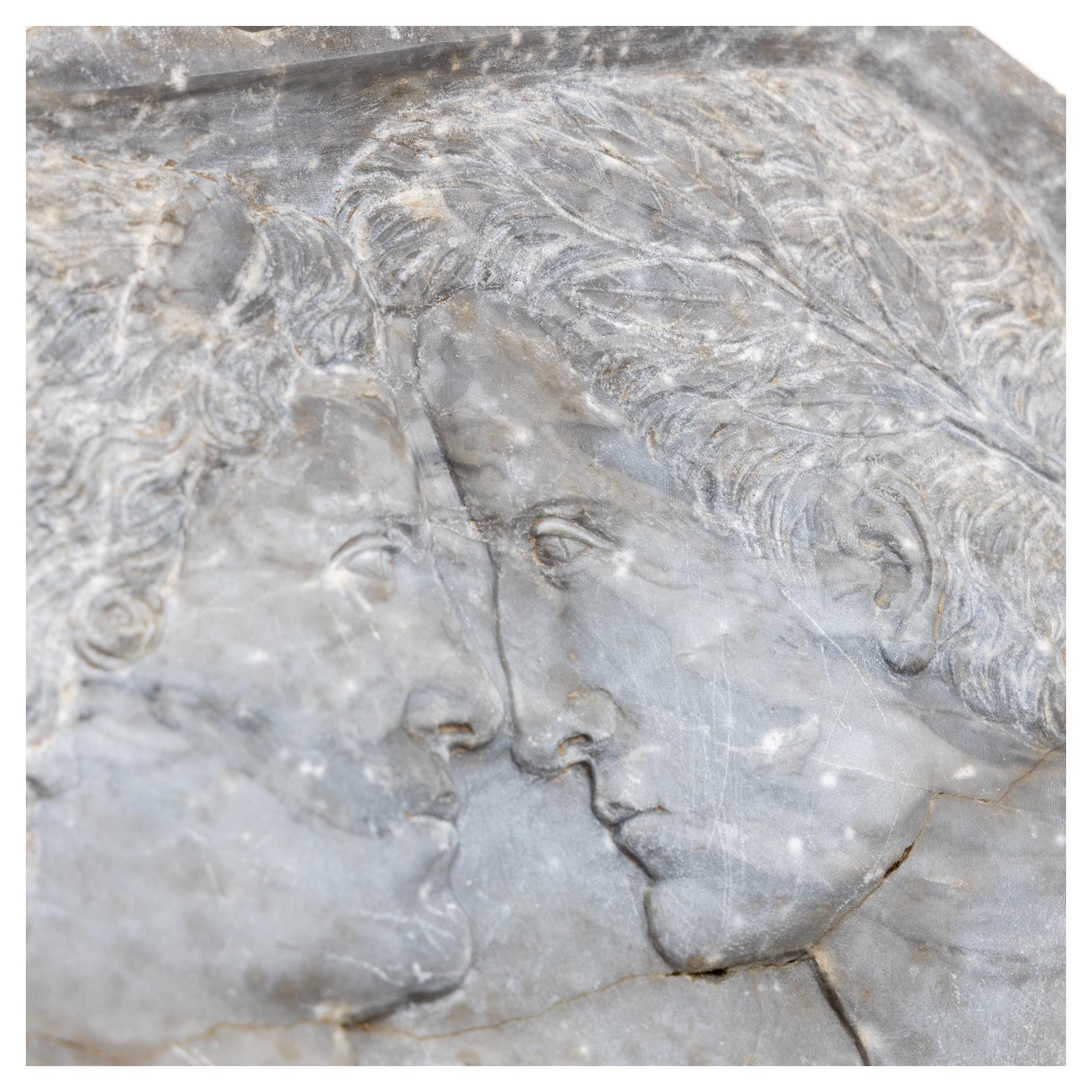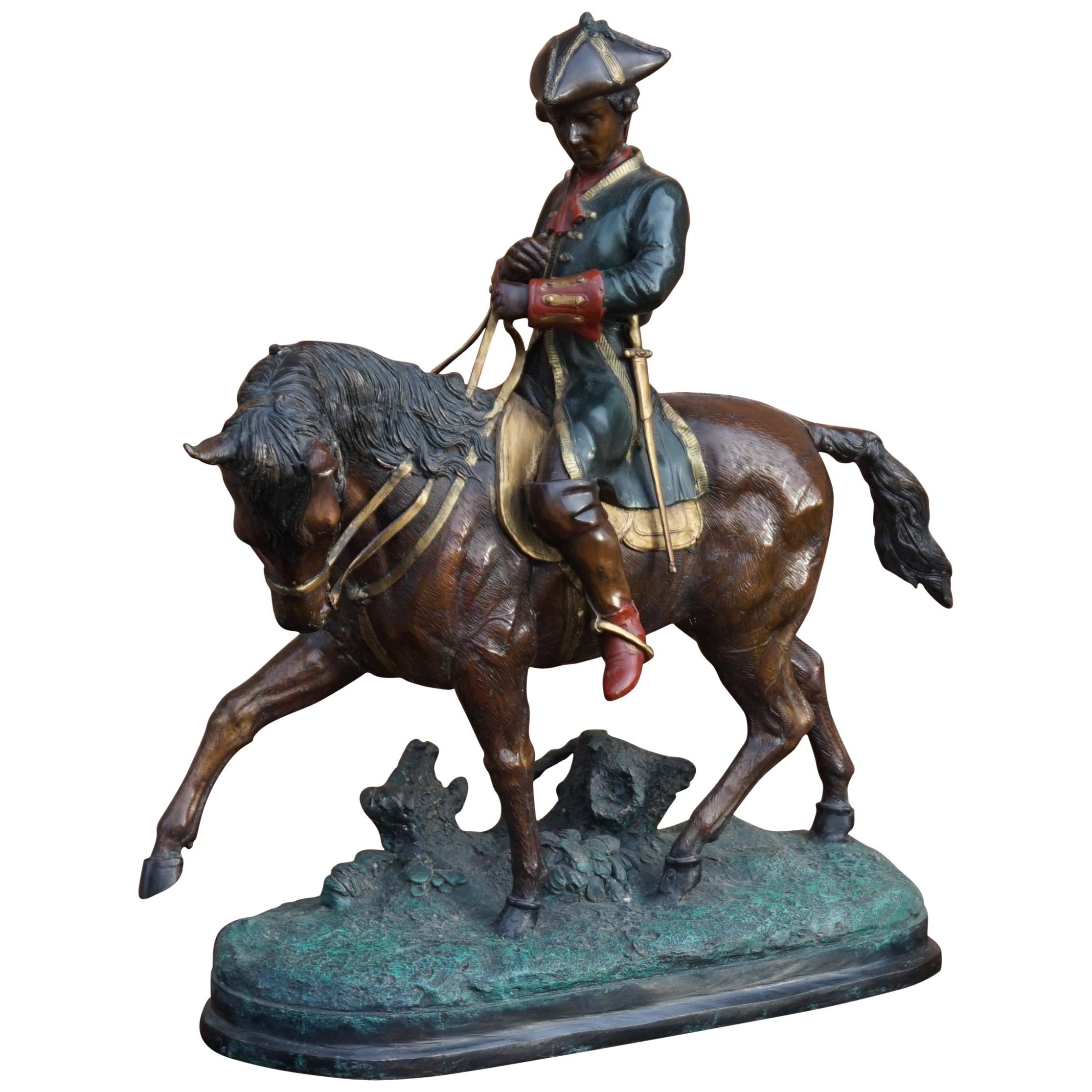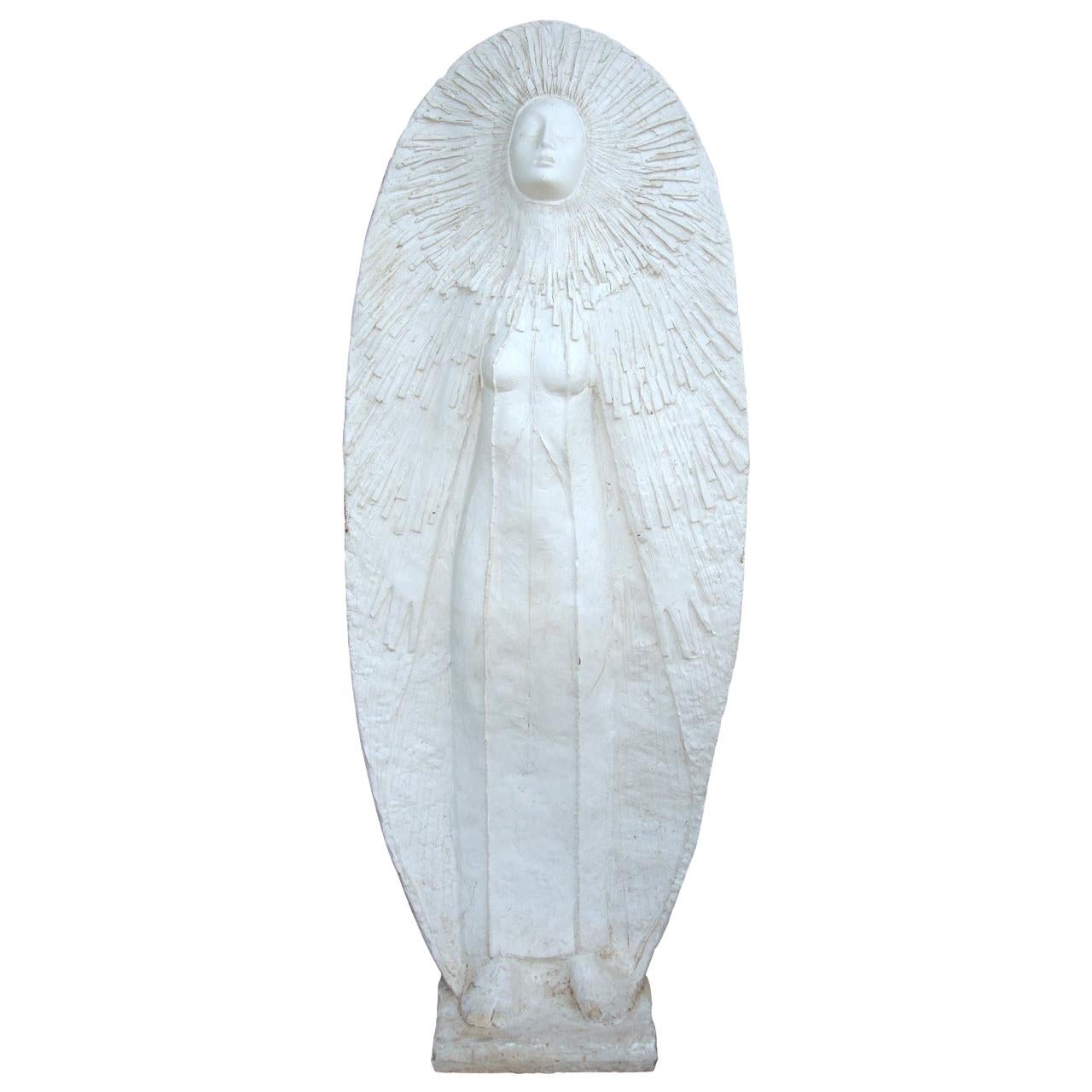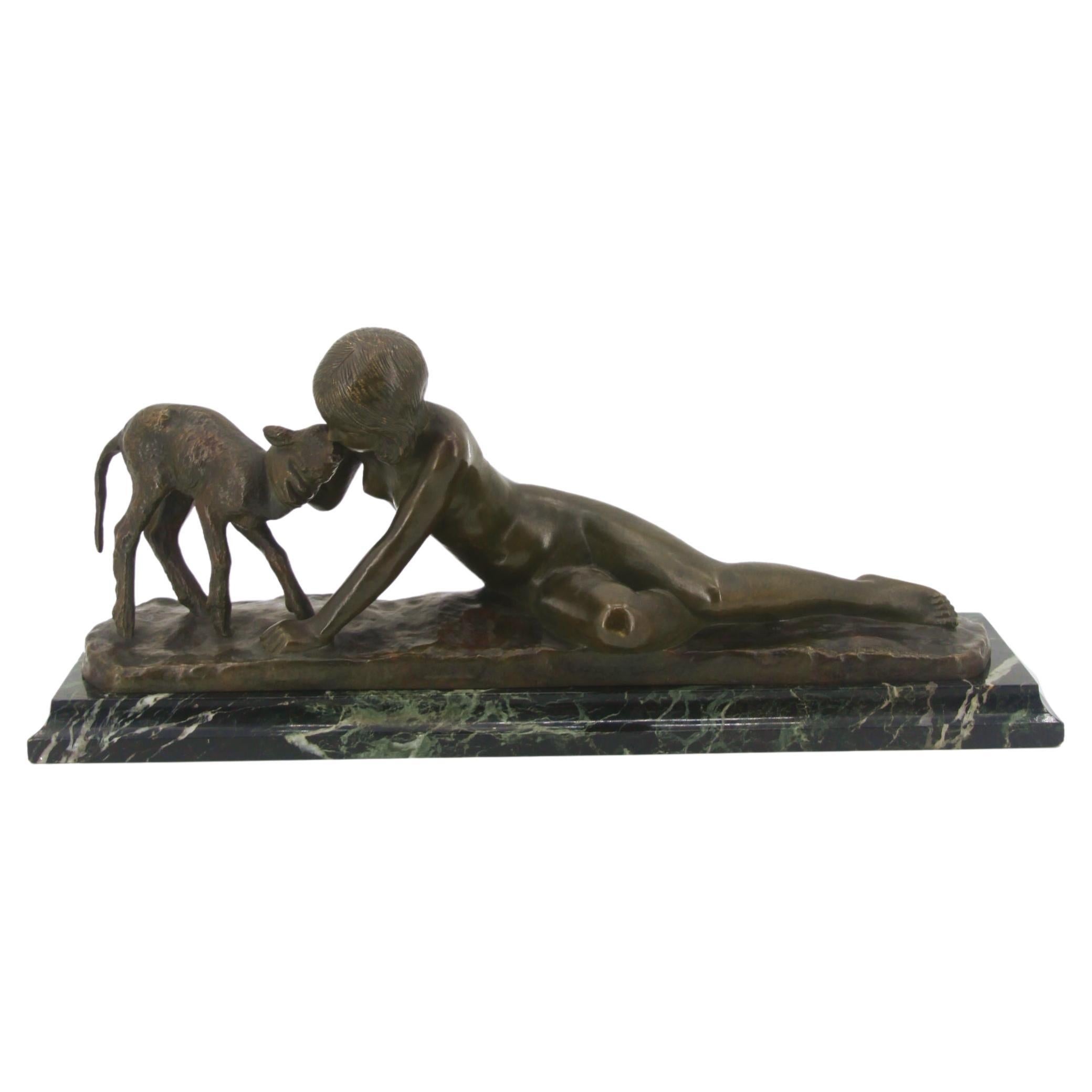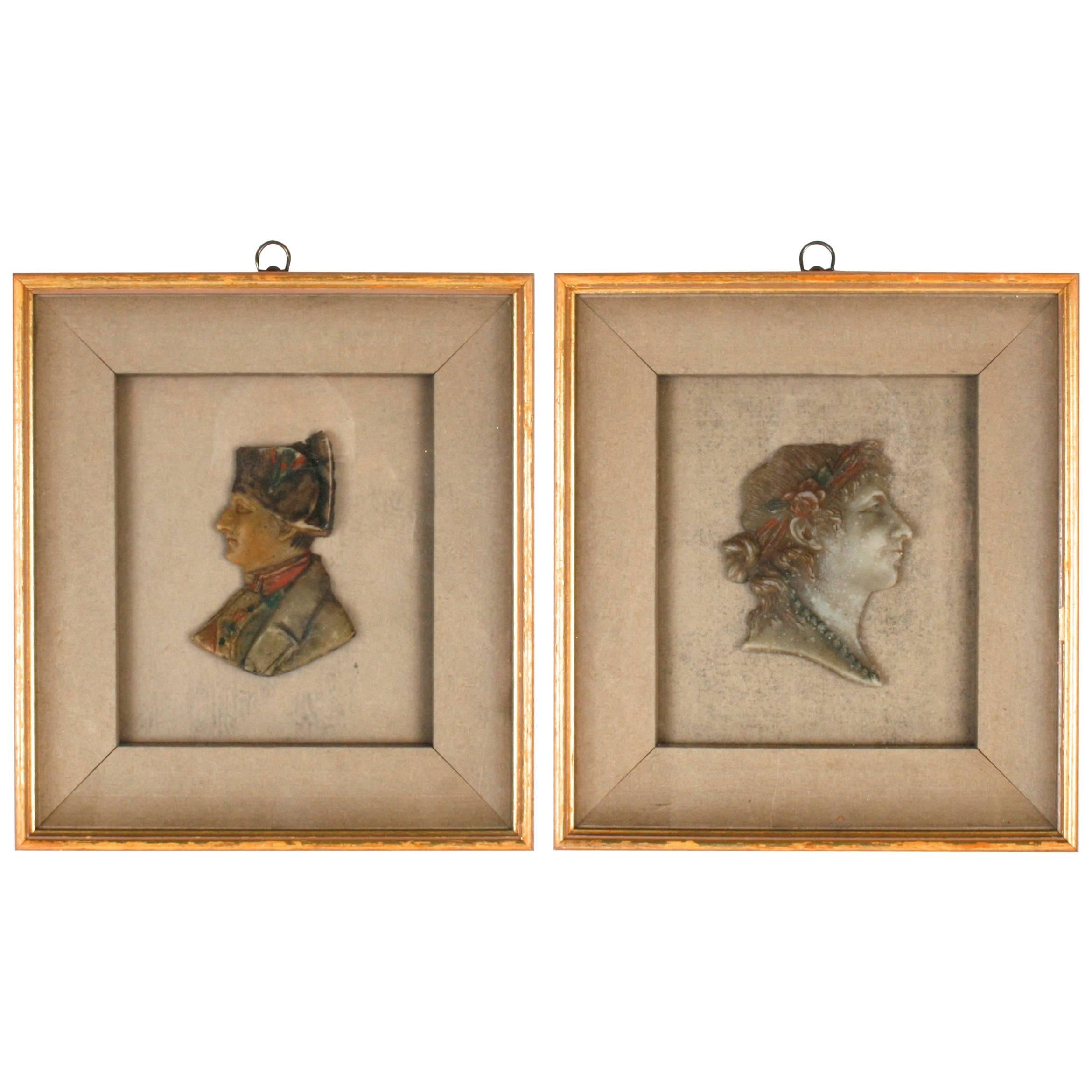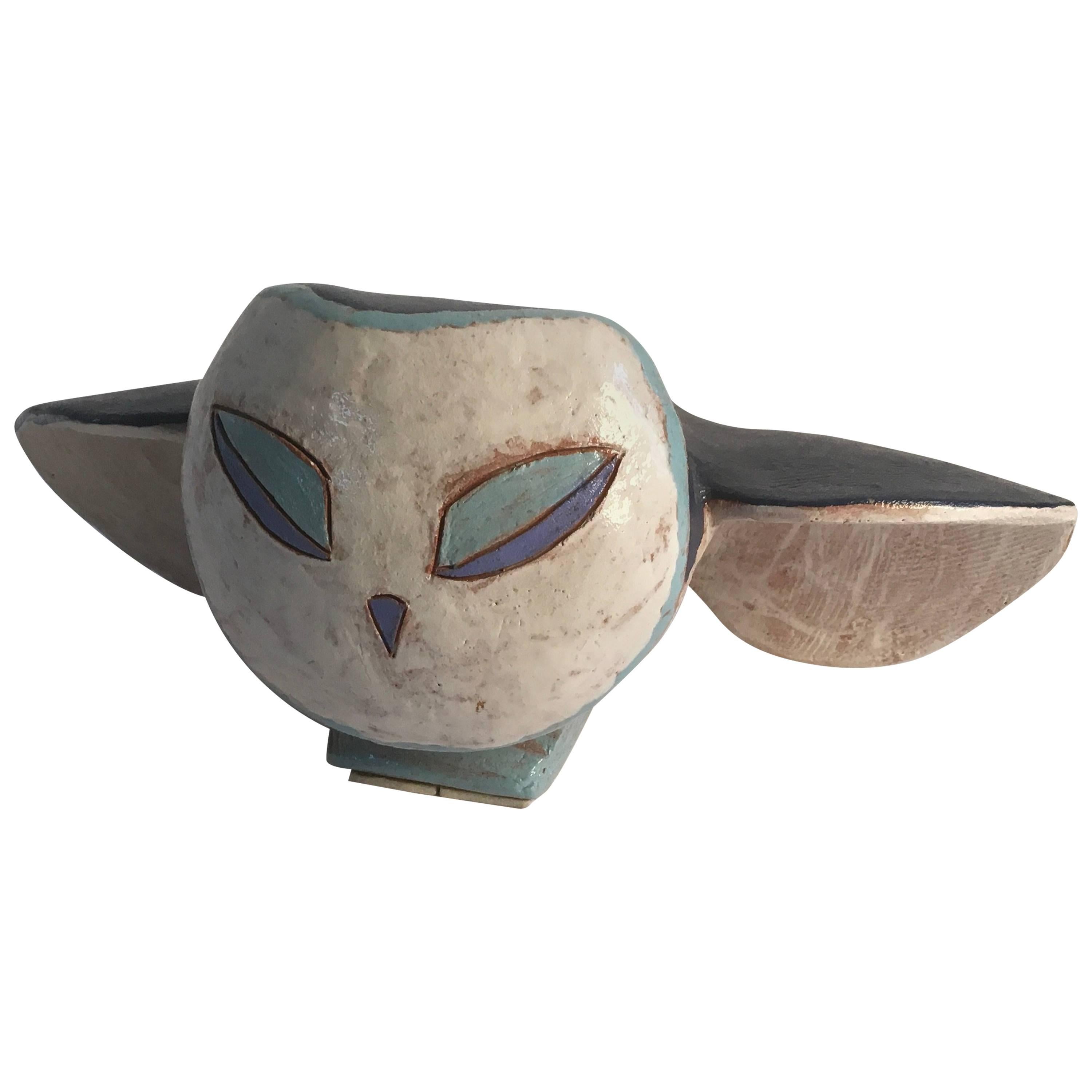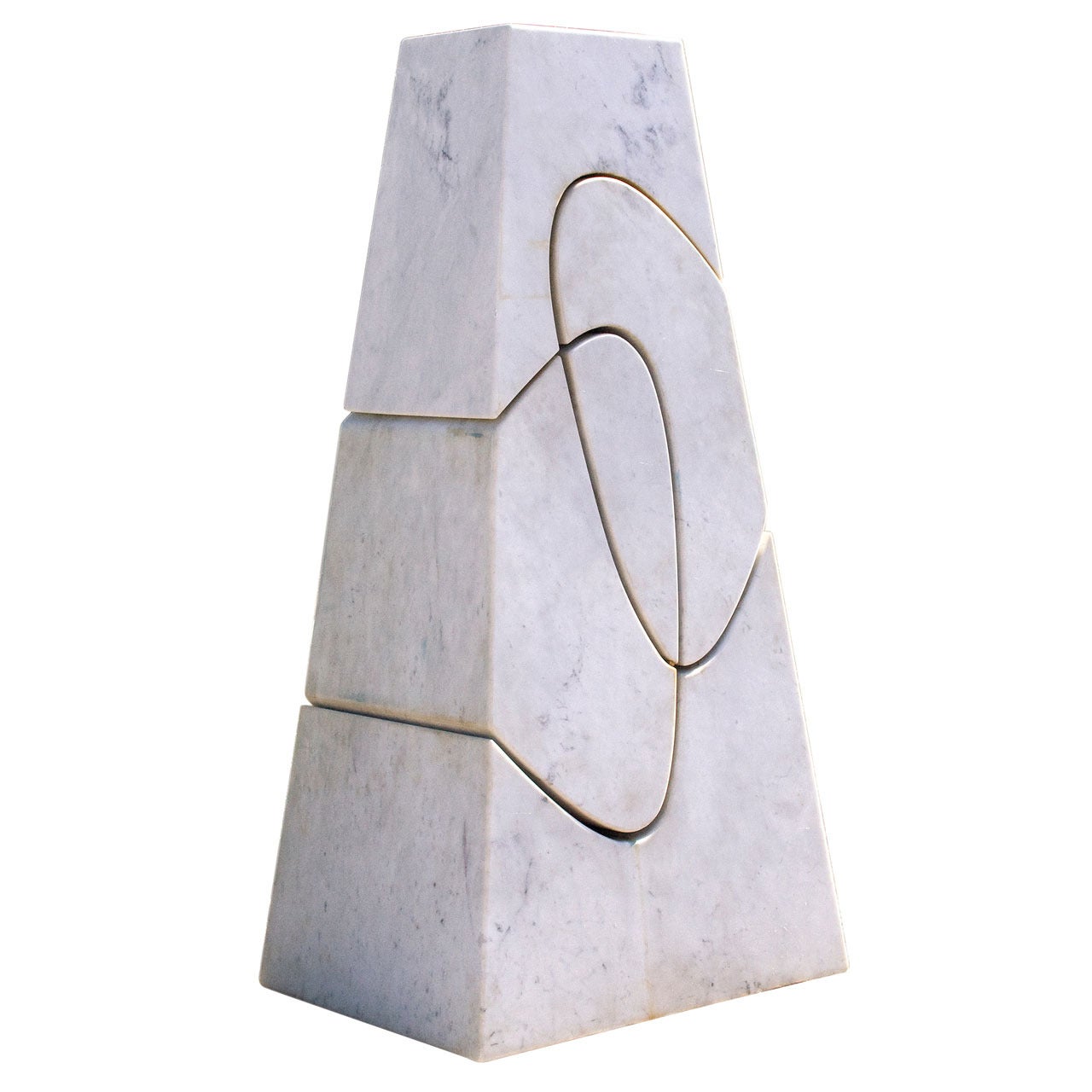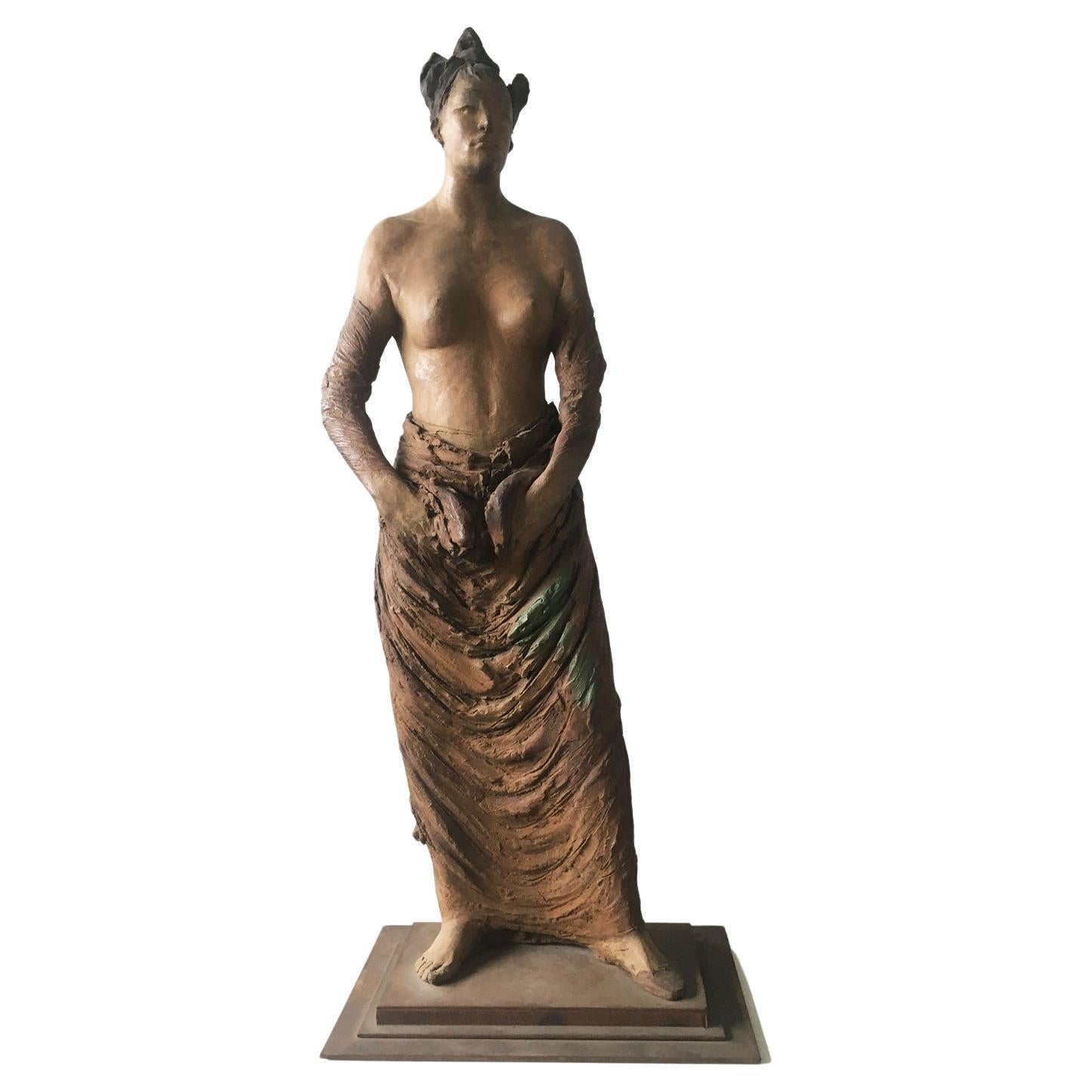
"The Young Napoleon and Princess Josephine" Sculptures by Laszlo Taubert, 2006
View Similar Items
1 of 2
"The Young Napoleon and Princess Josephine" Sculptures by Laszlo Taubert, 2006
About the Item
- Creator:Laszlo Taubert (Designer)
- Dimensions:Height: 35.5 in (90.17 cm)Width: 9 in (22.86 cm)Depth: 7 in (17.78 cm)
- Sold As:Set of 2
- Materials and Techniques:
- Place of Origin:
- Period:
- Date of Manufacture:2006
- Condition:Excellent Condition.
- Seller Location:New York, NY
- Reference Number:Seller: CA 223321stDibs: LU8906782960
You May Also Like
- Relief of Napoleon and Josephine, France, 19th CenturyLocated in Greding, DEBas-relief in grey marble with the profile portraits of Josephine and Napoleon. Glued break.Category
Antique 19th Century French Figurative Sculptures
MaterialsMarble
- Porcelain Sculpture by Wayne Fischer, 2006By Wayne FischerLocated in Saint-Ouen, FRA porcelain sculpture by Wayne Fischer. Perfect original conditions. Signed. Unique piece. 2006. How can an inert object produce deeply unsuspecting, indecipherable, uncontrollable emotions? Wayne Fischer is an artist who can create works that force one to ask such moving questions as this. If he doesn’t know why, if he can’t explain the deepest reasons of his artistic research, he definitely knows the workings and limitations of the artistic process he invented. He has never deviated from the course he set for himself since university; translate life. The works presented here show the evolution of his creations over the past thirty years. If Wayne Fischer has received several international prizes and quickly obtained the recognition of his peers in ceramics, nevertheless he retains a singular position at once unavoidable and disturbing. His sculptures are paradoxical, powerful and sensual, and cause a certain unease. They are beautiful, carnal, touchable, all the while being outside the standard idea of beauty. The ambiguity of attraction and rejection is at the heart of this evolution. The pieces from the 1980s and 90s are imposing by their size, stature and symmetry, which give them balance. They generate surprise, curiosity and play between contrasts that are both soft and aggressive. They reference the body, muscles, and torso, without presenting an exact reality. They are double-faced, seductive, and enigmatic. Wayne’s shapes are inspired by shells, bivalves, sometimes presented as though they are floating in space. But the reference of the marine world to the mysterious female body has only one interpretation and only history and emotion condition the reaction of the spectator: he accepts or refuses to see, to be seduced. He is touched or he flees. The more recent sculptures are appreciated in the fullness of their round volume and the search for a pure universal beauty. “Metamorphosis,” the work recently awarded by the Bettencourt Foundation, is from this series of pieces wheel- thrown and deformed which pushes the porcelain from the inside so the bulges evoke the movement of waves or the musculature of several bodies. The exactness, the clean breaks, the assurance of lines and valleys are testimony to the interior power that governs the creation. The life energy expressed is also felt by the artist as the origin of ceramics. All the pieces are curved and tense. They show no marking, no sign of the hand, no imprints, and yet give an impression of spontaneity, as if a dropped piece of clay found its form by chance. Depending on the angles, the content becomes “the origins of the world”. Femininity and sensuality are exalted. Inspired by the body, before and after birth, or simply the sea, the parts of the sculpture conjugate around a mysterious interior cavity, secret and troubling. The interior wall doesn’t correspond to the exterior, and has its own volumes, deformities, and intimacy. The pieces present two kinds of interior: one open, and partially uncovered, the other totally hidden inside. The differences of their respective deformation reinforce the impression of life : the subjective representation of muscles and bones, of bulges pushed by an interior force, like a visceral movement of respiration. The surface of the ceramic is crackled but soft and fine, even reflecting light like the skin. The nuances of color reinforce the expression of sensuality. The alignment of technique and what it causes one to see and feel has rarely been so intimately successful. Wayne Fischer perfected his technique in the 1970s and has remained faithful to it. He adds fibers to porcelain clay that has been chosen for its whiteness to create and accentuate volume around empty space, by assembling slabs or thrown pieces. Then, he makes another piece that takes its place inside; both parts are formed with no hand...Category
21st Century and Contemporary French Beaux Arts Abstract Sculptures
MaterialsCeramic
- Large Polychrome Painted Bronze Sculpture of a Young Horse Riding NapoleonLocated in Lisse, NLImpressive size and highly decorative, French bronze sculpture. If you are looking for a work of art with both historical and decorative value then this large bronze sculpture could...Category
20th Century French Animal Sculptures
MaterialsBronze
- Exceptional Tall Sculpture by Sir Laszlo Ispanky 'Signed'By Laszlo IspankyLocated in East Hampton, NYRenowned sculptor, Sir Laszlo Ispanky (1919-July 9, 2010), from Budapest, Hungary created this artist proof of a large scale plaster sculpture of female in sunburst design. This is s...Category
Late 20th Century American Mid-Century Modern Sculptures
MaterialsPlaster
$7,125 Sale Price77% Off - Antique Bronze Sculpture, Young Napoleon, "Manneken Pis", Vide-Poche, Circa 1900Located in Greven, DEAntique bronze figure, France, around 1900. The well-known motif, which also adorns many fountains, is also known as "Manneken Pis". The little boy with Napoleon's hat tempts us to s...Category
Antique Late 19th Century French Late Victorian Figurative Sculptures
MaterialsBronze
- Ary Bitter, Bronze sculpture of Young Woman and the LambBy Ary Bitter, Manufacture Nationale de SèvresLocated in Tilburg, NLBronze sculpture with green and dark brown patina image of a young woman embracing a lamb, signed by Ary Bitter, on a green black marble stand. Ary Bitter (1883–1973) was a French artist, best known for his animal sculptures. He was a designer, painter, and sculptor in various mediums including plaster, stone, terracotta and bronze. His work was also produced in biscuit by the Sèvres factory. Ary Jean Léon Bitter was born in Marseille in 1883. In 1895 he enrolled at the Marseille Beaux Arts and was taught by Émile Aldebert...Category
Vintage 1930s French Art Deco Figurative Sculptures
MaterialsMarble, Bronze
